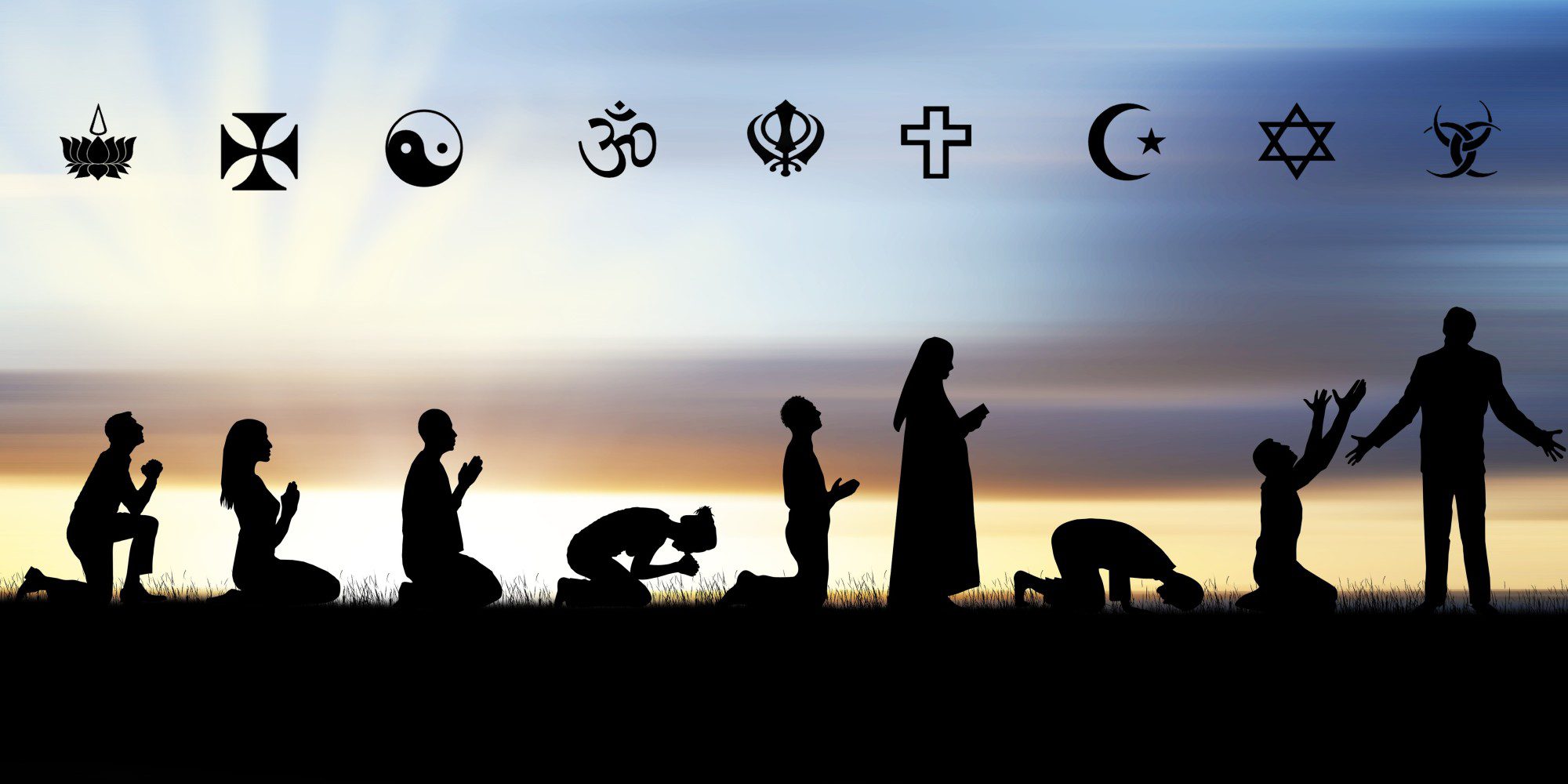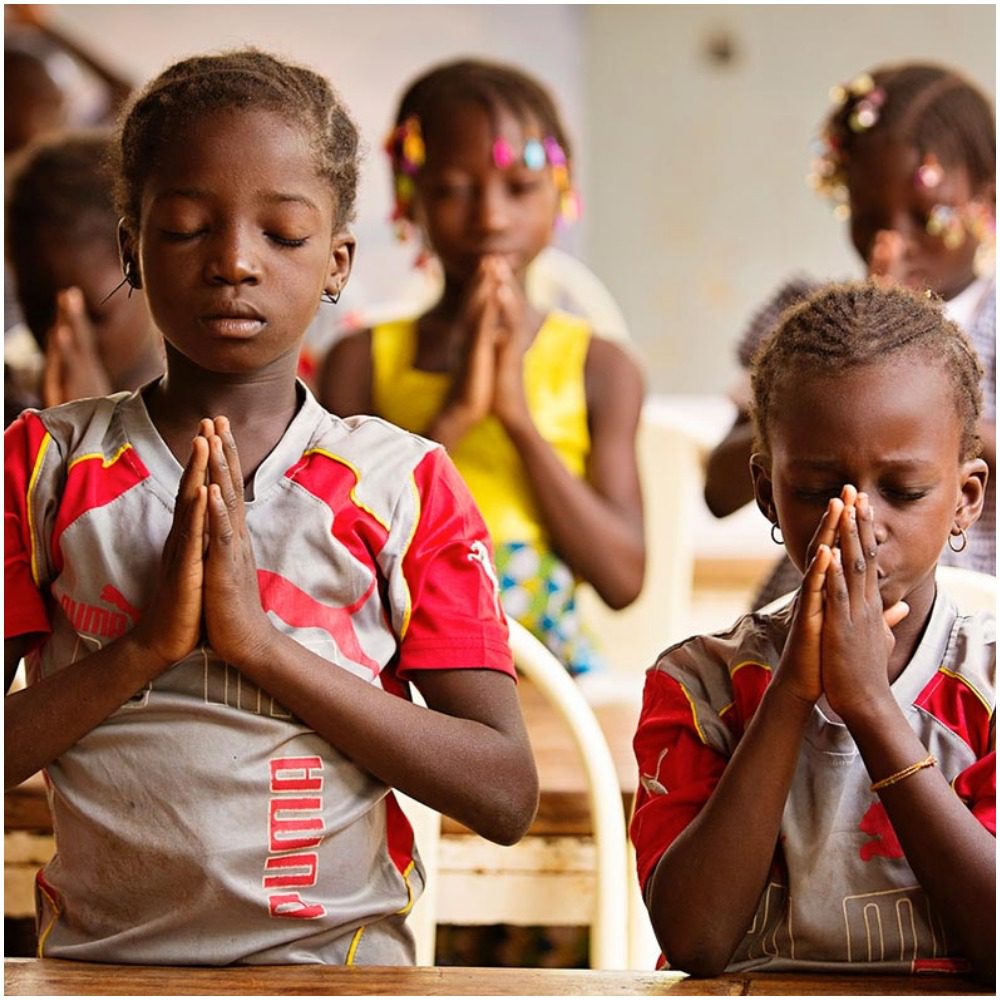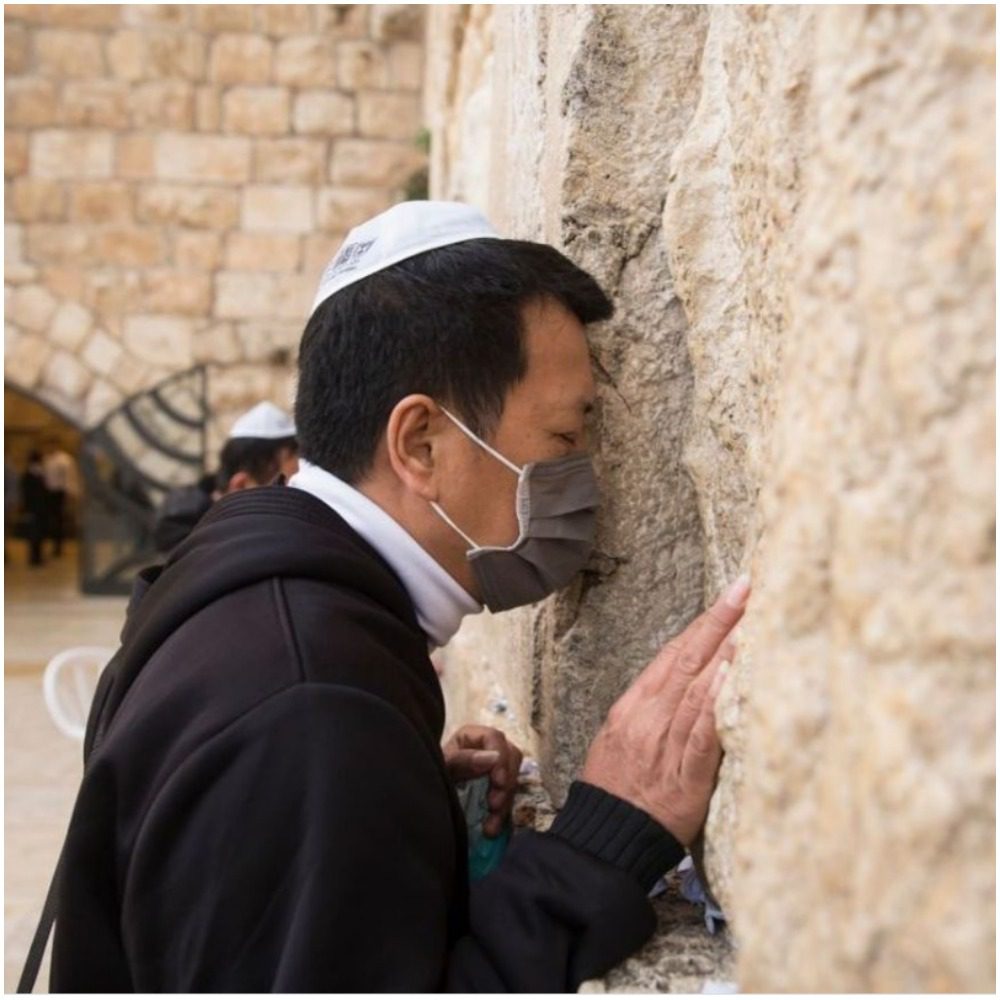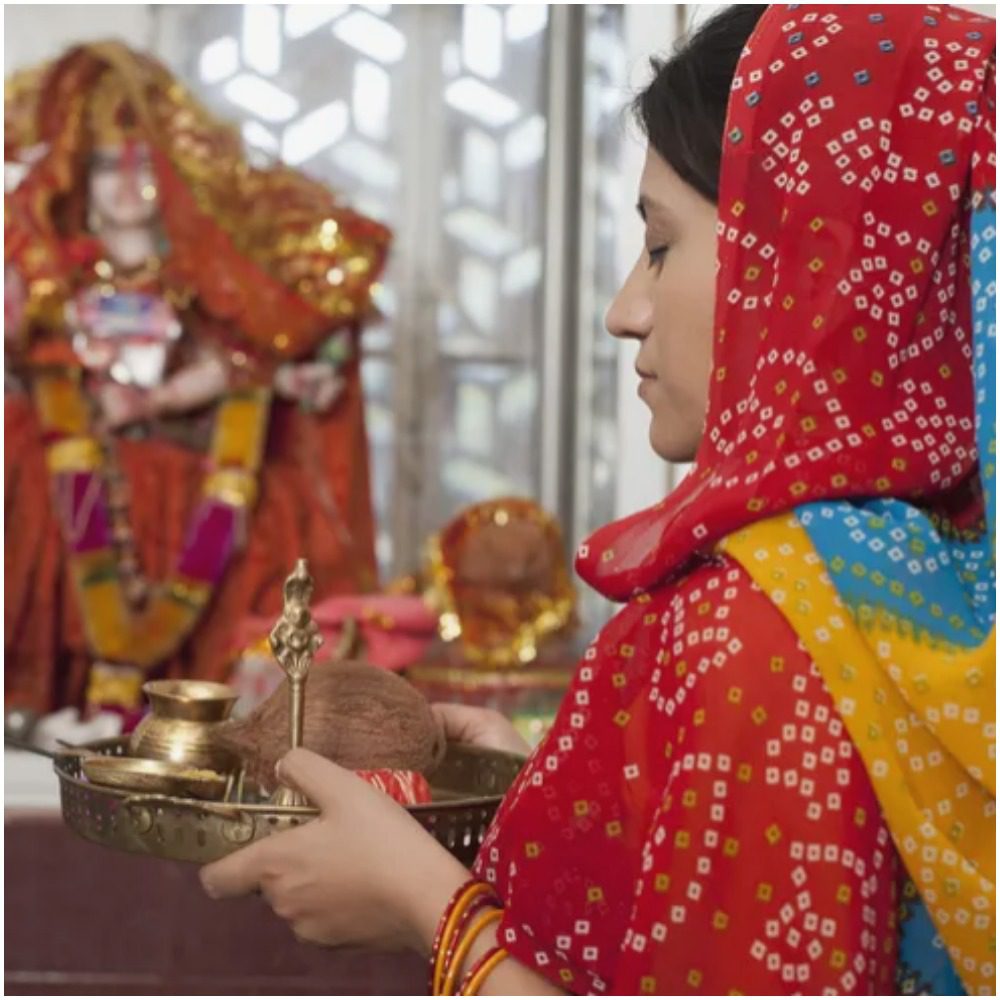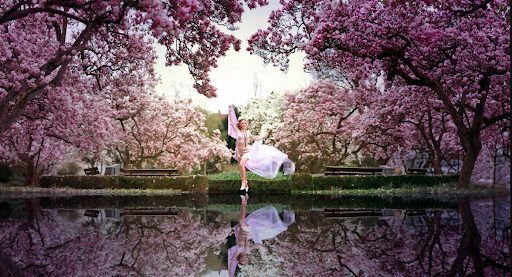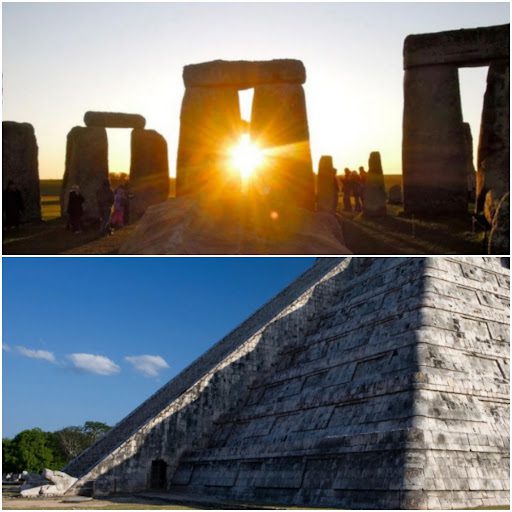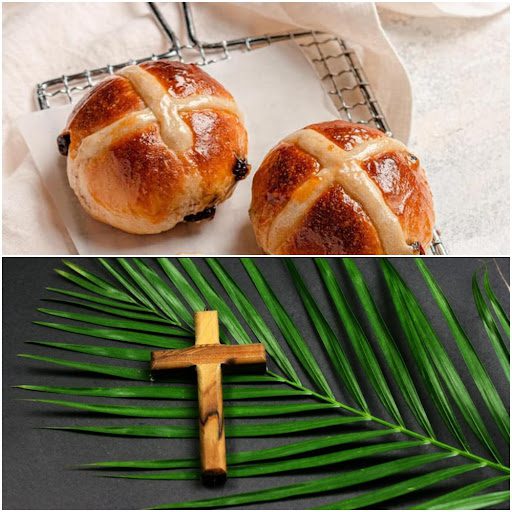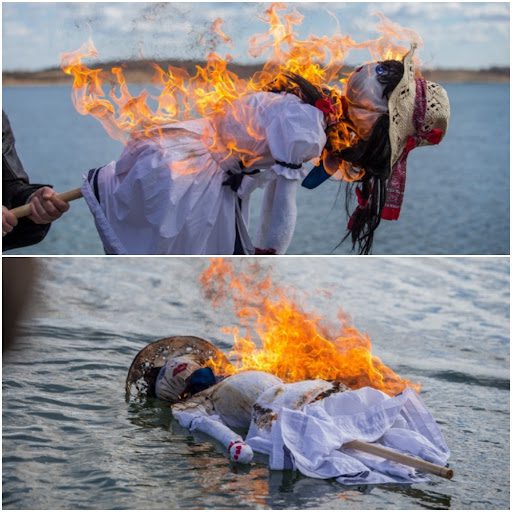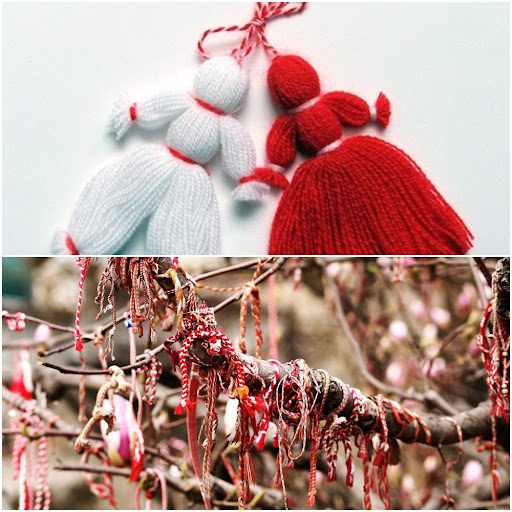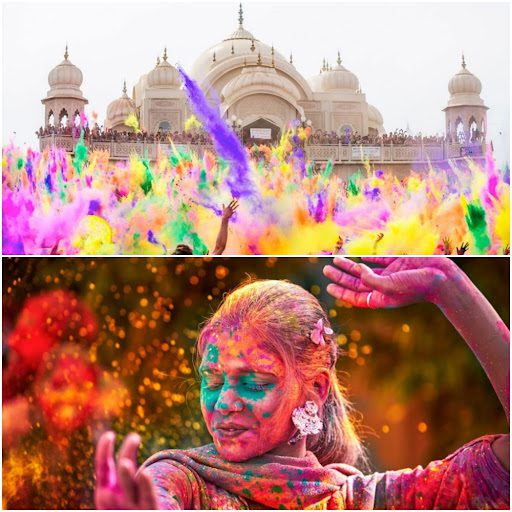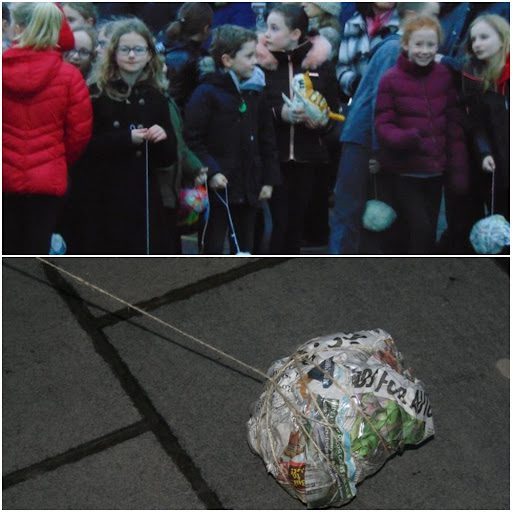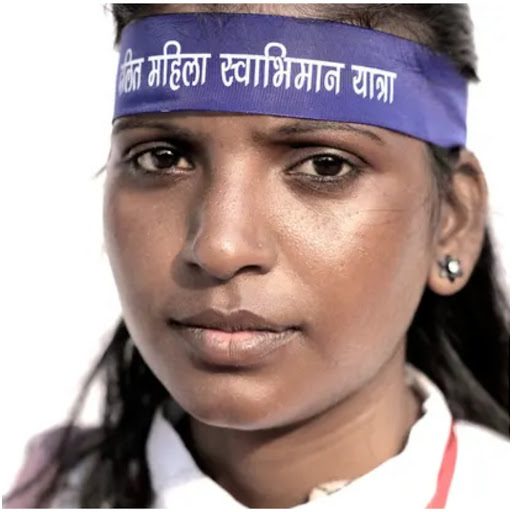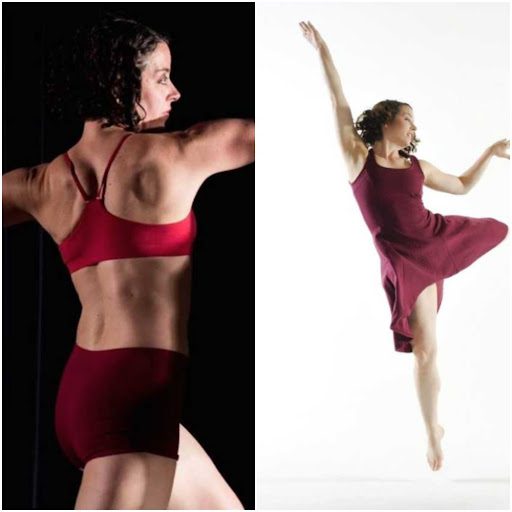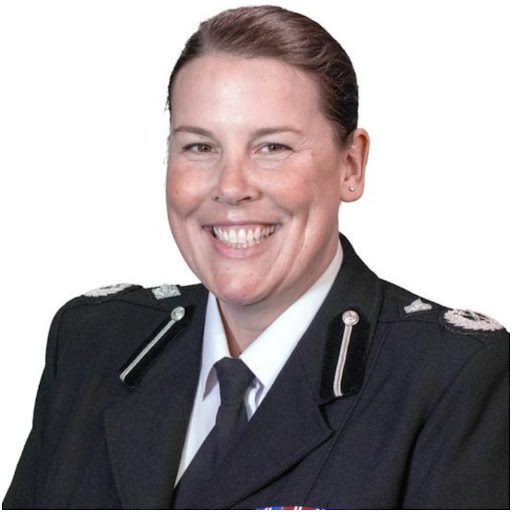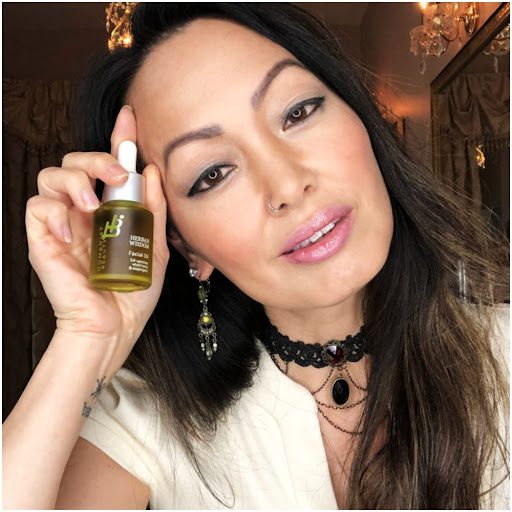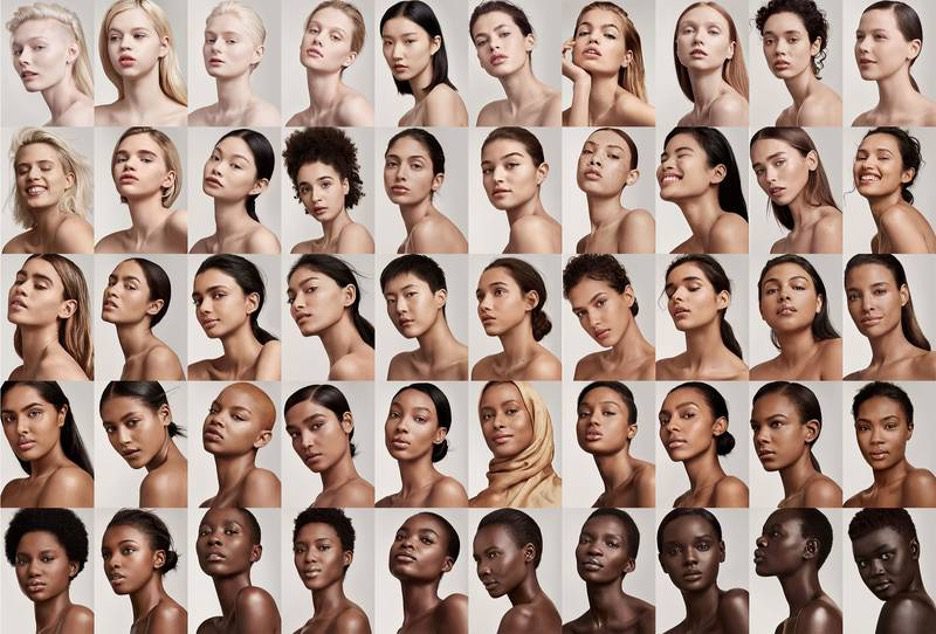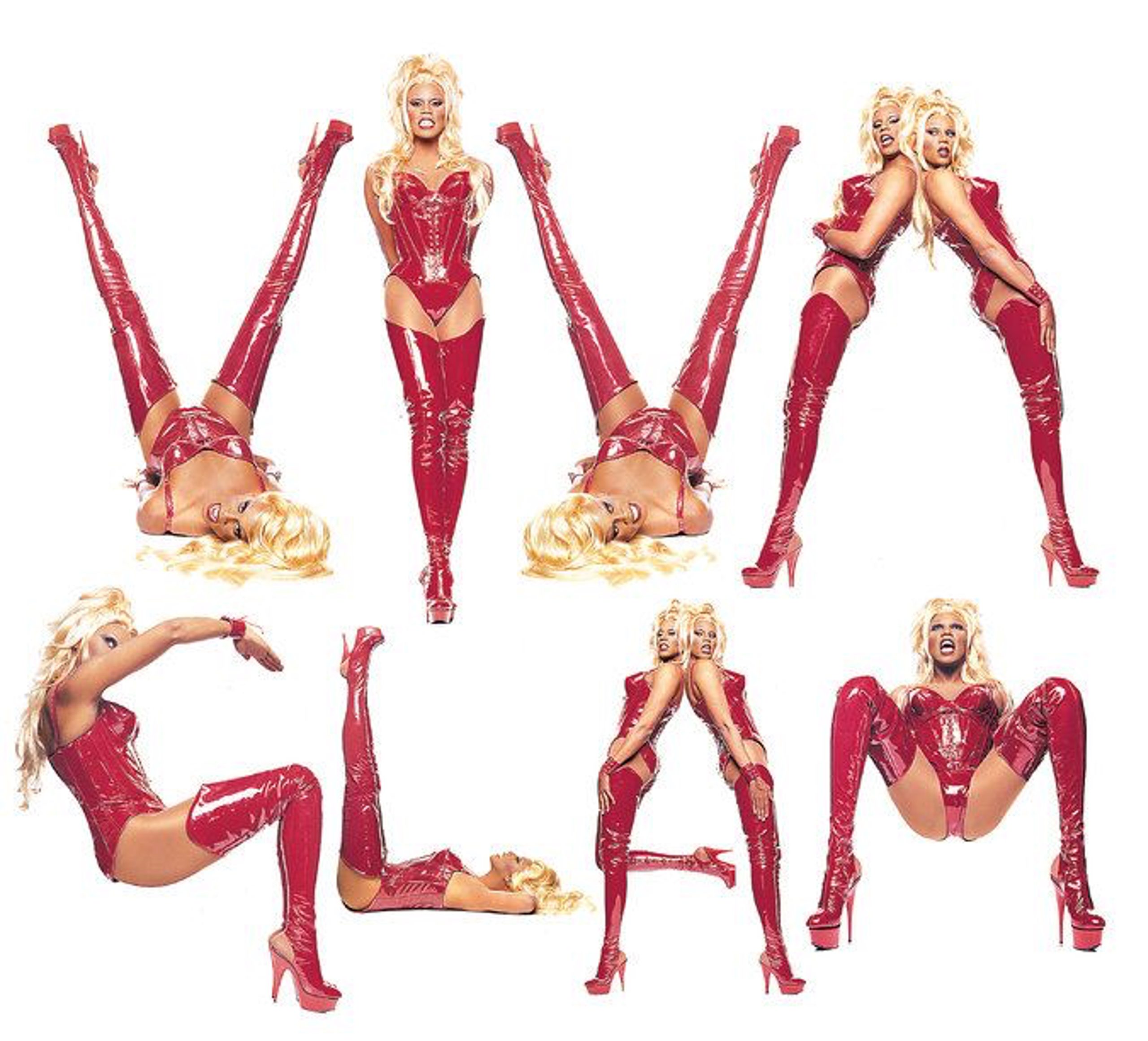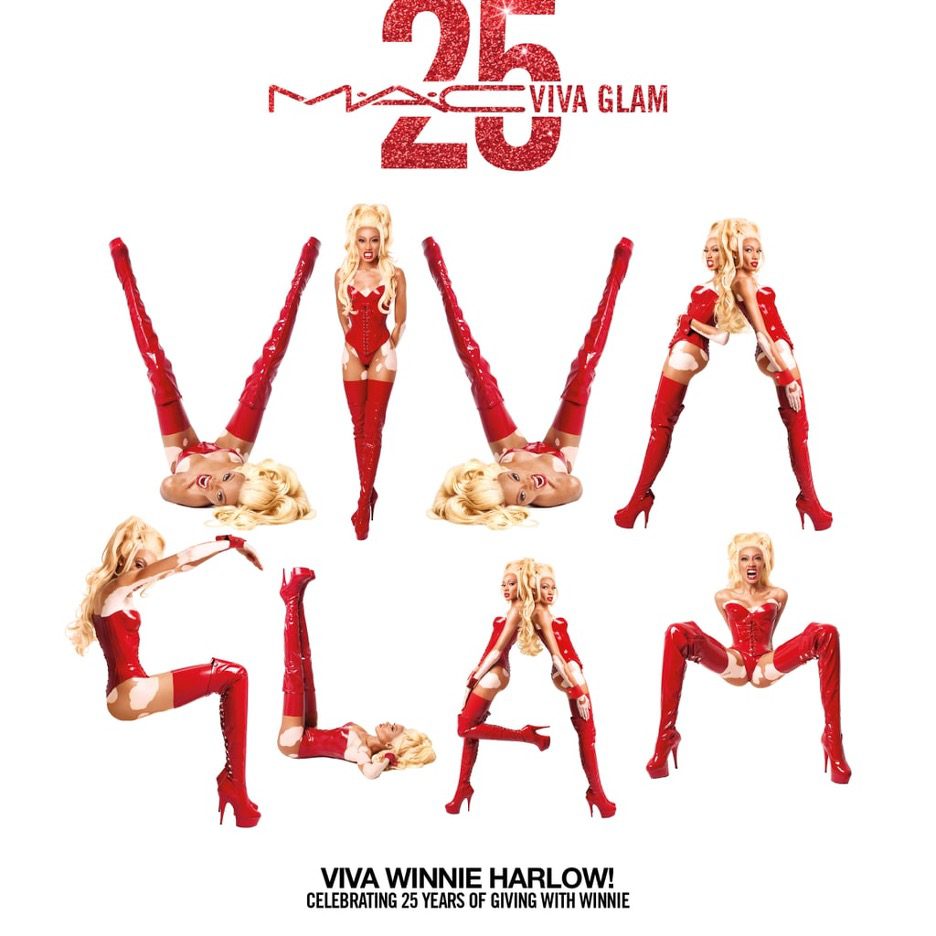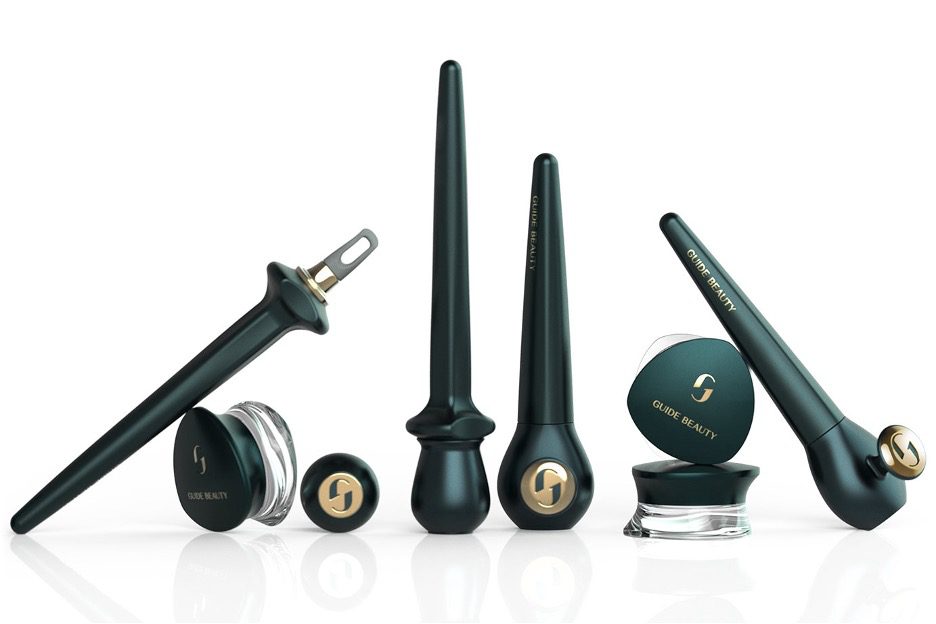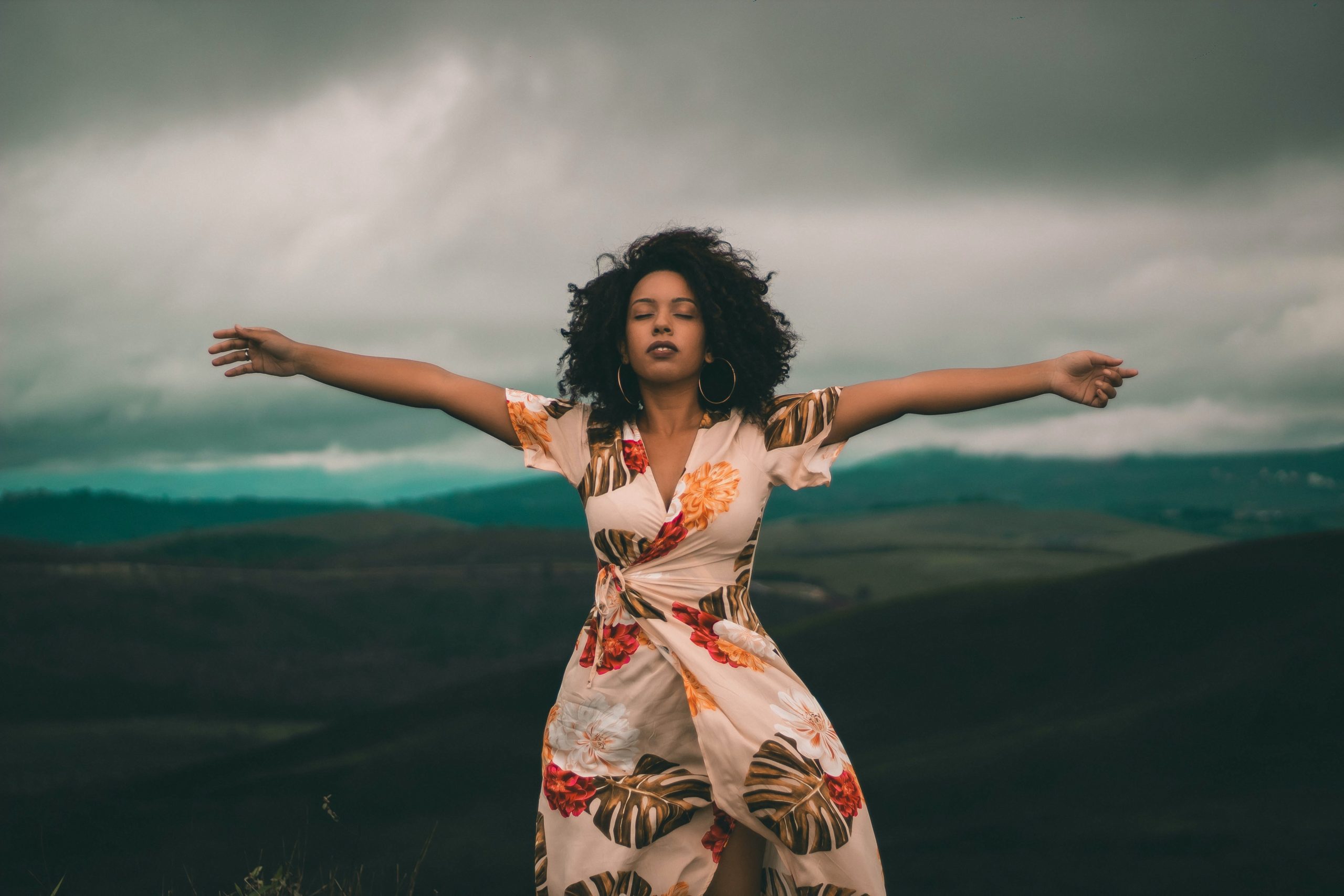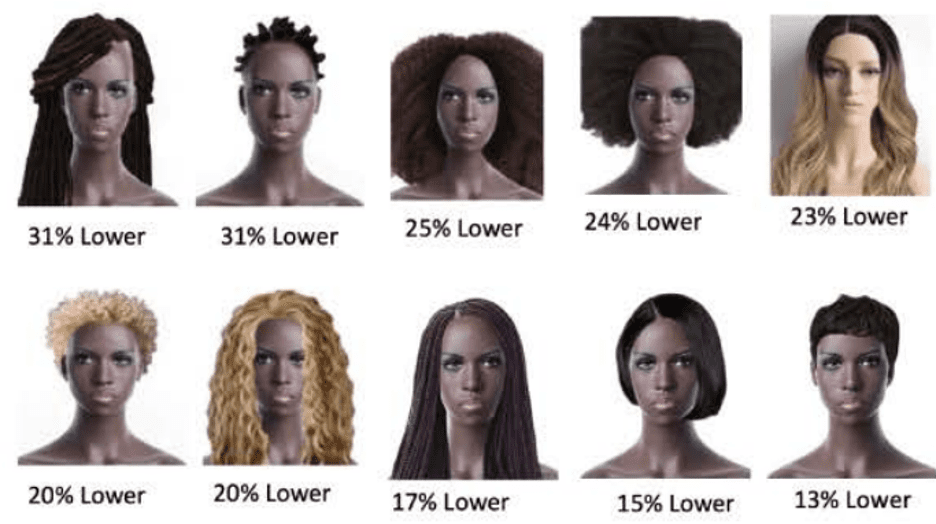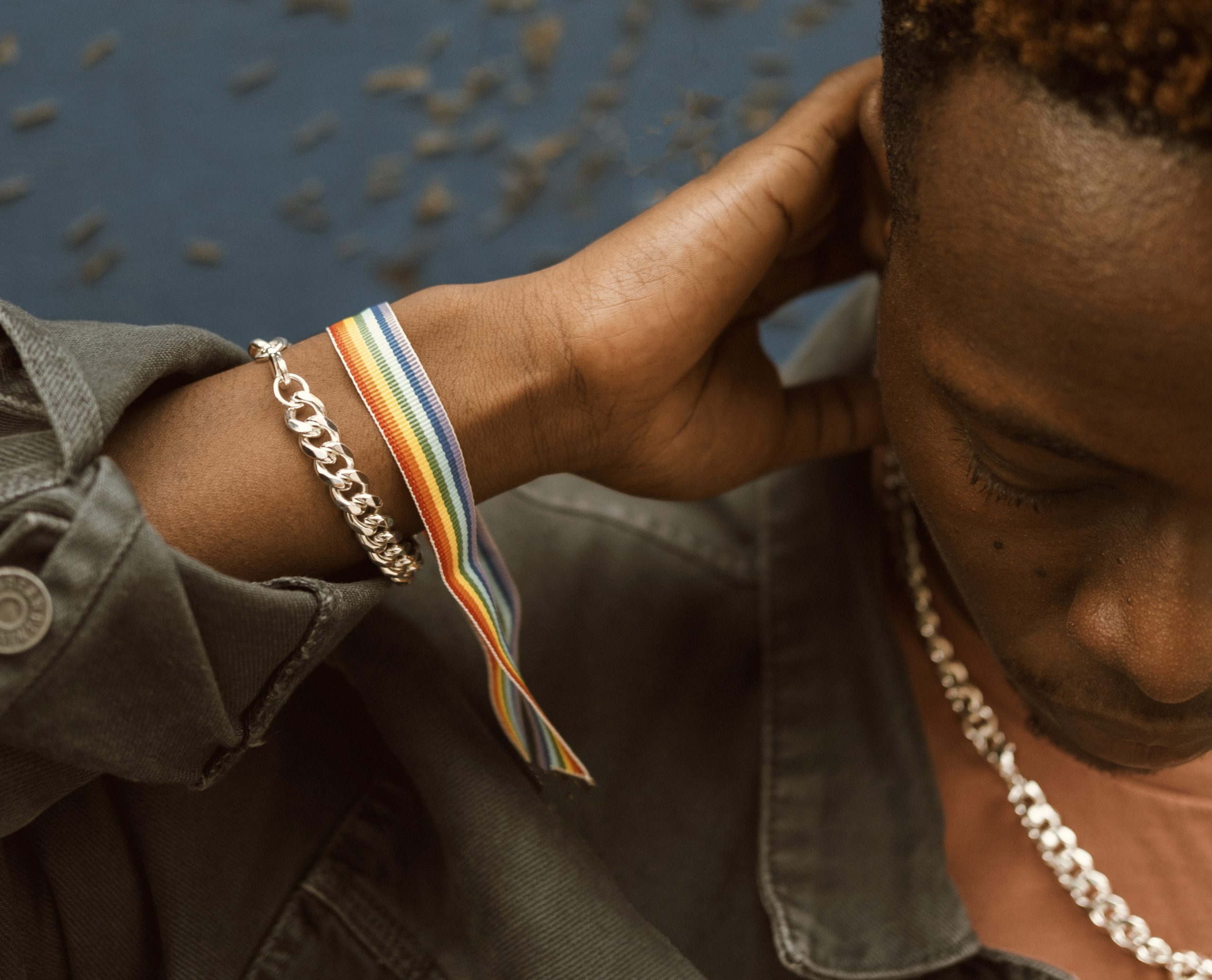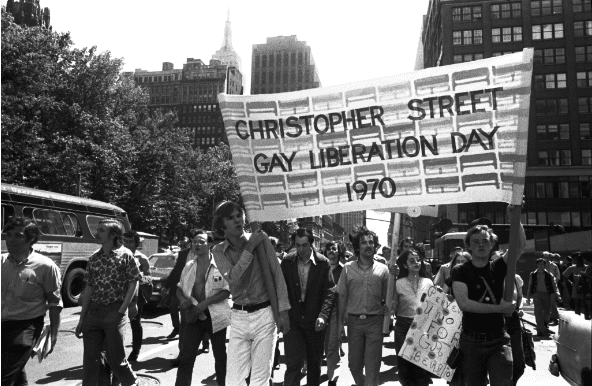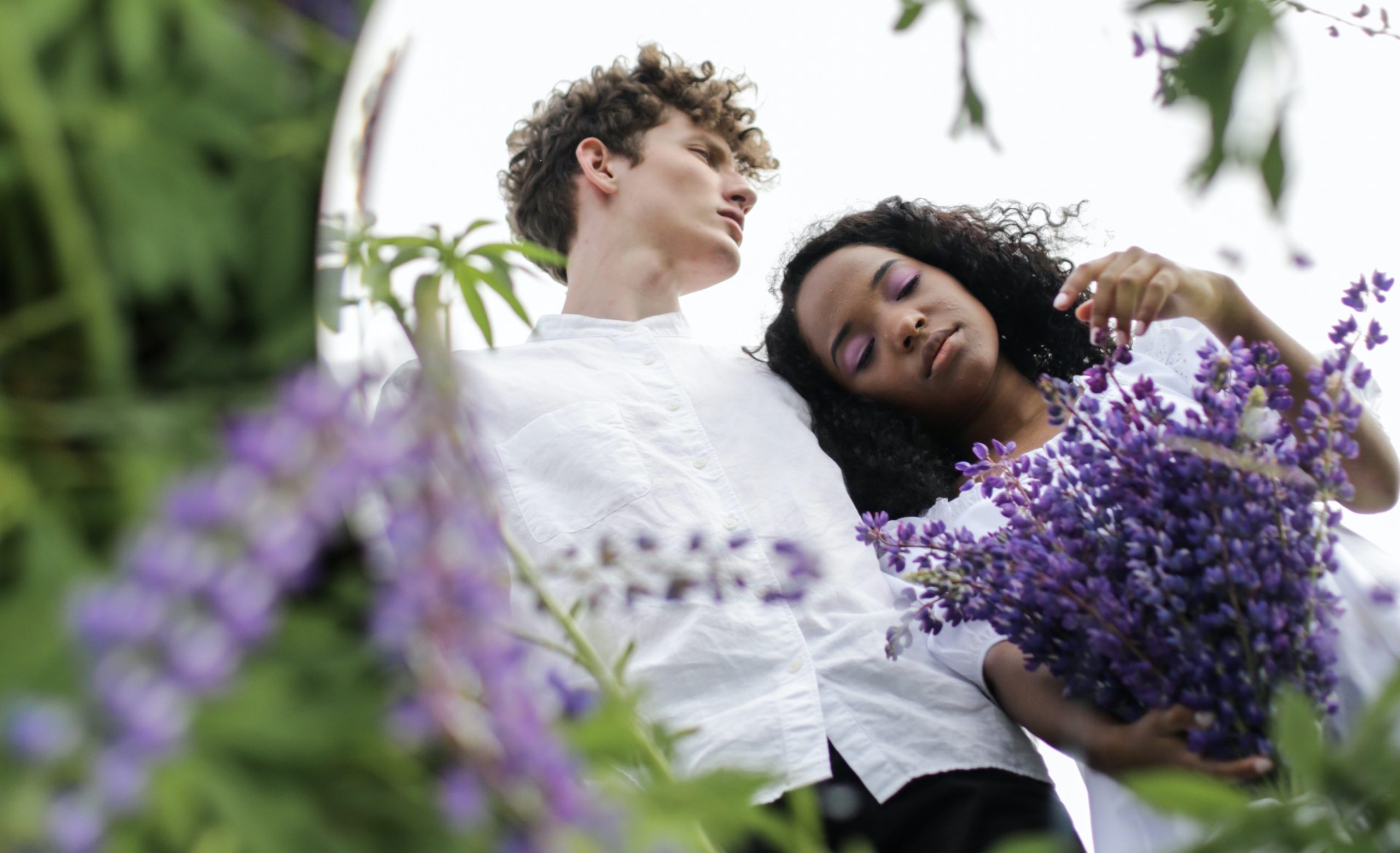From an ancient Roman anti-aging cream recipe to the 12th century “Trotula,” a set of medieval texts with formulas for skin care and perfumes, the desire to make ourselves more attractive stretches back through history. Rather than embracing the subjectivity of beauty, though, societies have instead categorized these qualities into beauty “standards.” In this blog, we’ll explore the many definitions of beauty, the Darwinian Theory of Beauty, the beauty standards that shaped history, and why these standards are still changing today.
What is Beauty?
I say beauty comes from within – you are beauty and beauty is you. You are a masterpiece – a work of art. There is only one you, made up of your genes and life experiences. And there will never be another. – Segun Garuba-Okelarin
The Oxford dictionary defines beauty as: “A combination of qualities, such as shape, color, or form, that pleases the aesthetic senses, especially the sight,” while philosopher and teacher Confucius said of beauty: “Everything has beauty but not everyone sees it.”
Popular phrases also define beauty as:
- Beauty is in the eye of the beholder
- Beauty is pain
- Beauty is only skin deep
So what is beauty? Various cultures have different definitions and perceptions of beauty. From the Kayan tribes who believe that long necks are the ultimate sign of beauty and from age five, start priming their necks with heavy brass rings, to several parts of Asia where pale or white skin is often seen as a sign of beauty and affluence.
Maria-Alina Asavei, a lecturer and postdoctoral researcher in the Russian and East European Department at the Institute of International Studies at Charles University, says, “We often fail to make clear what we mean by “beauty,” even if we use this word quite frequently.”
Asavei continues: “When we appreciate something as beautiful, we implicitly accept that X is a source of positive aesthetic value or aesthetic appreciation. In the history of philosophical aesthetics, there are many theories and definitions of beauty. Despite differences, most of these theories connect the experience of the beautiful with a certain type of pleasure and enjoyment.”
Yet many would argue that by our very nature, there’s a certain universal set of indices that inform beauty. Alan Moore, a former designer, believes that beauty isn’t about what something looks like; he often speaks about it in terms of Einstein’s Theory of Relativity, Dirac’s theorem, spirituality, and the laws of nature.
“At an atomic level, everything is connected; they dance and are attracted to one another at a nuclear level. The law of nature seeks things to be made of symmetry and harmony, and even in opposites they’re complementary: we have night and day, up and down. We’re all made of the same stuff molecularly, so we intuit beauty – we know it to be the life-enhancing force.”
While Asavei and Moore have their own views on the definition of beauty, many other researchers, authors, and philosophers have also dipped their toes into the topic.
Denis Dutton: The Darwinian Theory of Beauty

Pictured: Denis Dutton Source: The Chronicle of Higher Education
Despite the subjectivism dominating contemporary society, there are still some renowned authors who maintain that in beauty there is objective value, such as the philosopher Denis Dutton.
Here is a breakdown of Denis Dutton’s TED Talk:
Denis Dutton developed a Darwinian Theory of Beauty. According to this theory, “The experience of beauty is one of the ways that evolution has of arousing and sustaining interest in order to encourage us towards making the most adaptive decisions for survival and reproduction.”
As an example of natural beauty which seems to appeal to every human being, no matter our geographical provenance, he speaks of the savannah landscape. Dutton states that this landscape is where we have evolved and points out that it shows up everywhere today, like on posters and calendars.
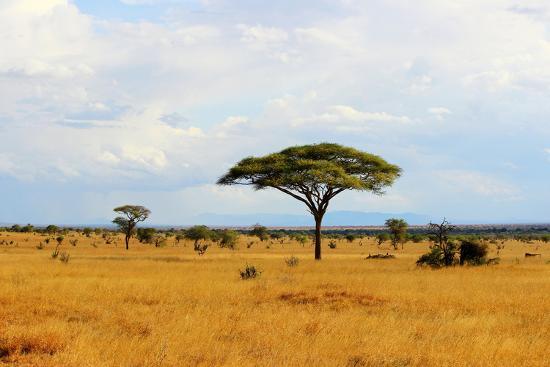
Pictured: Savannah landscape Source: All Posters
To illustrate artistic beauty, which more frequently than not is deemed the result of cultural conditioning, Dutton offers us the Acheulean pear-shaped hand-axes associated with early humans, which were first found in France. Dutton argues that their sheer numbers show they cannot have been made solely for butchering animals.
Moreover, the fact that many of these hand-axes are too big for butchery and many others show no evidence of wear and tear on their delicate blade edges, seems to suggest that they served other functions. Dutton’s belief is that these artifacts are, in reality, the earliest known works of art.
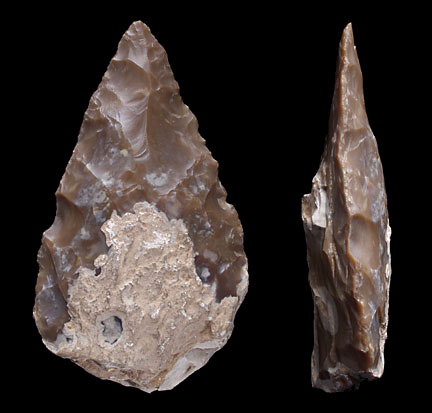
Pictured: Pear-shaped hand-axe Source: Science Buzz
His reasoning for this is that they were transformed from practical tools into what Darwinians call “fitness signals.” These “fitness signals,” Dutton explains, work like the peacock’s tail, displaying to potential mates desirable personal qualities, which in the case of the Homo Erectus or Homo Ergaster would be signs of “intelligence, planning ability, access to rare materials, and fine motor control.”
After Homo Erectus came Homo Sapiens, and as Dutton points out, they clearly found new ways to amaze each other: perhaps by telling jokes or dancing, through hair styling, storytelling, and so on. He continues on to highlight the fact that for us moderns, the element that has continued to matter is this aspect of how impressed we are by the skill of creating and doing something extraordinary.
He jestingly tells us that the next time we pass by a window of a jewelry shop displaying a beautifully cut pear drop-shaped stone, we should not be so sure that it’s only culture telling us that that sparkling jewel is beautiful. The reality is that our forebears also loved that shape and found beauty in the skill needed to make it.
So concluding, he asks: ‘Is beauty in the eye of the beholder? No!’ he exclaims. Not at all! It’s rather deeply present in our minds and a gift handed down from the intelligent skills and rich emotional lives of our ancestors.”
To learn more about Dutton’s theory, you can watch his TED Talk here.
How Beauty Standards Have Evolved
Beauty comes in all different forms; from art to design to fashion. However, physical beauty standards tend to respond to the shifting political and social landscapes, and they continue to change with the times, according to beauty and wellness writer Kari Molvar.
“So much about how beauty is being defined right now has a political undertone to it,” she said in a phone interview with CNN, noting how both the Black Lives Matter and Stop Asian Hate movements have inspired responses from the beauty industry.
In her book, The New Beauty, Molvar charts the evolution of beauty standards and the forces that influenced them from antiquity to the present day. It’s a wonderful reminder that the idea of beauty has been shaped by everything, including industrialization, gender politics, and the media.
Beauty From the Land
In the 17th century, Europe was a growing center of global commerce. A network of trade routes brought exciting new foods to the continent. Pepper and sugar, as well as new meats, cereals, and grains, were now available. They were not only sold to the old upper class but also to the gentry, a new group of wealthy landowners.
“All of this naturally led to plumper bodies,” Molvar wrote in her book, “which forged a new beauty aesthetic.”
Renaissance artists, like Flemish painter Peter Paul Rubens, helped popularize the fuller figure as a new body ideal. Buxom women with soft physiques were idolized on the easel with their dimples, ripples, and all.
But it wasn’t entirely progressive, Molvar noted. “It’s a shape that is largely celebrated for its biological function, fertility,” she wrote. “And the ability to fulfill the desires of men.”

Pictured: A painting by Peter Paul Rubens showing the ideal beauty standard for women Source: ELYSIAN Magazine
Around 300 years later, another shift in agricultural rhythms saw a new aesthetic come onto the scene in the US. The late 19th and early 20th centuries saw the arrival of the “Gibson Girl,” a character devised by illustrator Charles Dana Gibson, with long legs. Unlike previous images of women with large busts and hips, though, the Gibson Girl was not vulgar or lewd.
The Gibson Girl represented a new kind of American woman that was wealthy and educated; she was emblematic of the new freedoms of the industrial age, despite hailing from a class that likely never took part in farmwork.
Gibson’s creations could be found in the pages of Life magazine, commonly engaging in high-energy pursuits like swimming or horseback riding. These hobbies trickled down through society to shape a new beauty standard. The new defining features were a slim, athletic build and windswept hair loosely pinned and very voluminous.

Pictured: The Gibson Girl Source: ELED
Beauty From Liberation
While beauty standards may be oppressive by their very nature, they’re sometimes shaped by the shirking societal norms. In her book, Molvar detailed the “certain amount of liberation” afforded to some White Western women during the 1920s, and the impact this had on beauty and style.
The desired silhouette moved from corseted curves, cinched in at the waist, to a more androgynous shape that “freed women’s bodies.” Makeup also evolved. Instead of only being used to smooth one’s complexion, it was now “intended to shock and stand out,” Molvar wrote.
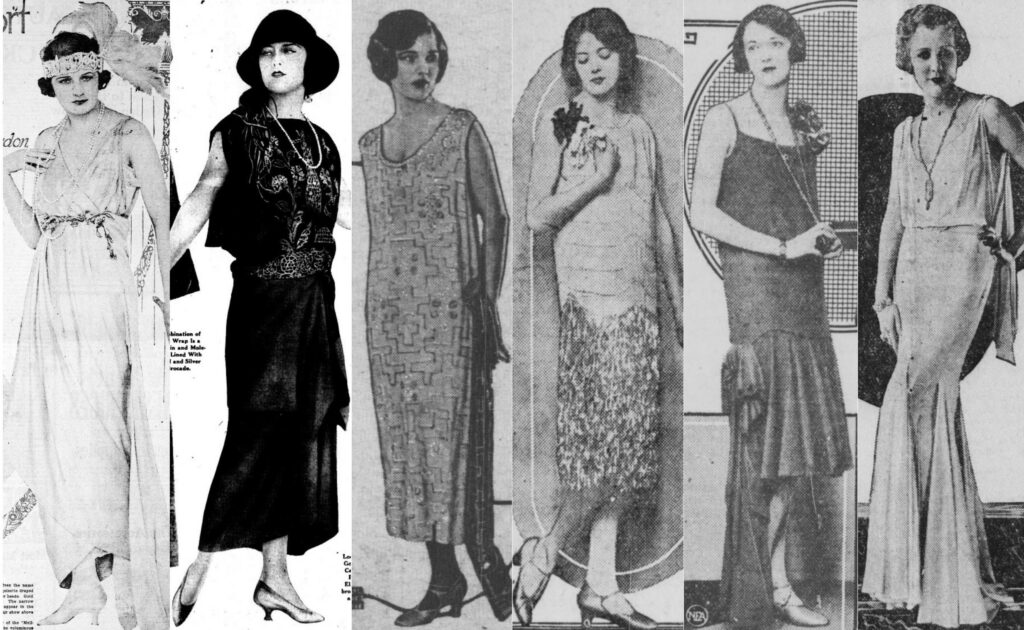
Pictured: 1920s women Source: Library of Congress Blogs
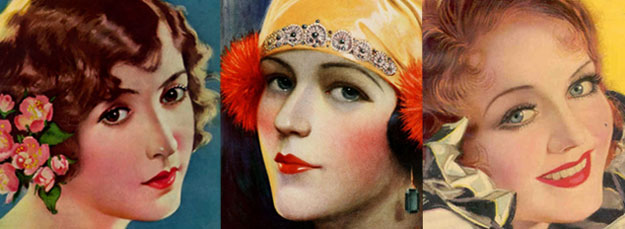
Pictured: 1920s makeup looks Source: Hair and Makeup Artist Handbook
Molvar also noted the emergence of the “Black is Beautiful” movement from the 1950s to the 1970s. The phrase was, in part, popularized by the work of photographer Kwame Brathwaite, who shot portraits of dark-skinned models wearing Afrocentric fashions with their hair in afros or protective styles
“It was a way to come up in a beauty system that privileged European notions of beauty,” Tanisha C. Ford, co-author of the book Kwame Brathwaite: Black Is Beautiful, said.
Brathwaite’s art encouraged Black communities to embrace their natural features, despite prevailing beauty standards being overwhelmingly White. “African American women and men expressed their political support for the cause through their physical appearance,” Molvar wrote, “choosing to leave their hair free … in lieu of straightening or styles that conformed to the standards of white society.”
The Black is Beautiful initiative aligned with the civil rights movement of the 1960s and illustrated how powerful and political cosmetic rituals could be.
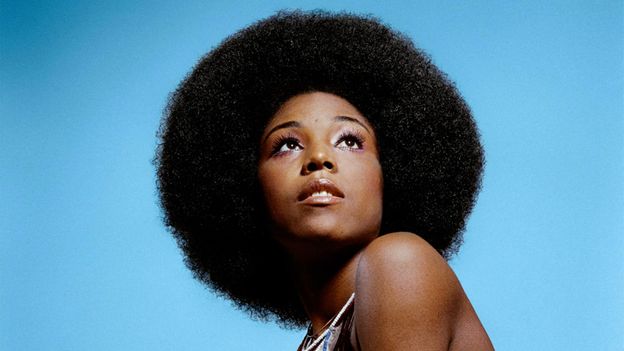
Pictured: Portrait by Kwame Brathwaite Source: BBC
Beauty From Progression and Inclusion
Former CEO of cosmetics giant L’Oréal, Jean-Paul Agon, predicted a swing towards decadence reminiscent of the Roaring Twenties, which followed the 1918 global influenza outbreak; similar to the state of our world following the Covid-19 pandemic. “Putting on lipstick again will be a symbol of returning to life,” he told investors in February, according to the Financial Times.
In 2018 and 2019, the beauty industry experienced its highest level of growth. Over the past three years, celebrities such as Selena Gomez, Rihanna, Emma Chamberlain, Peyton List, and Pharrell have all launched either skincare or beauty lines.
Molvar believes that what we are now seeing is an absolute revolution. “Usually beauty trends and ideals take centuries to change. And the change comes so slowly,” she said. “But with the digitalization and the globalization of the world, we’ve been exposed to so many fresh ideas, thoughts, and points of view, the whole notion of what beauty is has just completely blown up.”
Expectations around taboos that have been honored for centuries, like wrinkles and aging, to perceptions of women’s body hair, are changing. “You can see it with the young folk,” Molvar said. “They’re questioning everything, like, ‘Why do we need to shave our legs? That’s an annoying habit. Why would we do that?’
For example, Billie, a start-up selling uniquely packaged razor kits, has raised $35 million in seed funding since 2017 after its depictions of women’s body hair went against the norm. In 2022, Calvin Klein also ran a campaign that featured Madonna’s daughter, Lourdes Leon, that normalized body hair.

Pictured: Lourdes Leon for Calvin Klein Source: Popsugar
Elsewhere in the beauty space, makeup has become a tool that belongs to both genders. Tom Ford and Chanel have both helped bring male makeup to the mainstream by launching men’s beauty lines in 2013 and 2018. Since then, other big names like Fendi and Dior have jumped on the bandwagon by showcasing men in makeup within their campaigns and on the runway. By 2024, the male grooming market is estimated to be worth $81.2 billion.
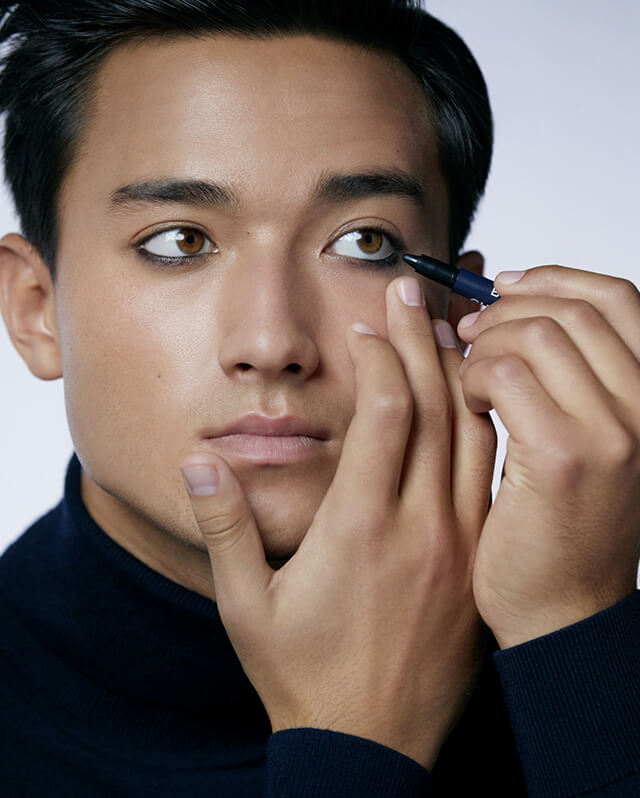
Pictured: Boy de Chanel campaign Source: Chanel
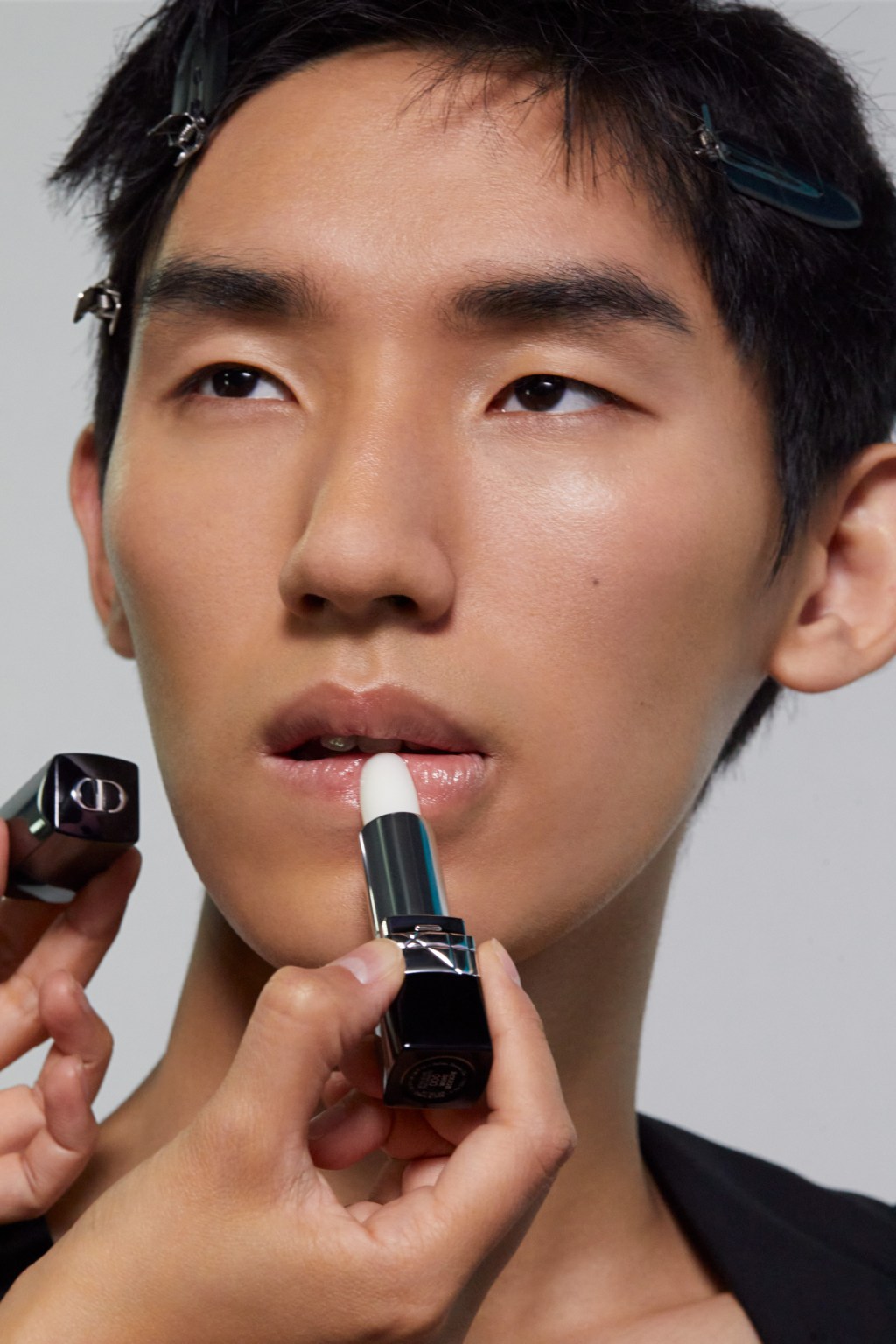 Pictured: Men’s makeup look on the Dior runway in 2022 Source: Grazia Magazine
Pictured: Men’s makeup look on the Dior runway in 2022 Source: Grazia Magazine
The beauty standards of today are becoming more fluid with individuals tapping into their true selves to show the unique, more freeing standards that they deem beautiful. Today, it’s not about what everyone else thinks is the perfect body type; it’s about the beautiful admiration one can hold for themselves.
A Study on Changing Beauty Standards
The dominant standard of female beauty in Western media may have vacillated slightly over the decades, but for the majority of the 20th and 21st centuries, symmetrical, toned, white, and thin women have been advertised as the “ideal” by mainstream media.
Increased visibility for diverse body types has ramped up significantly in recent years, showing that there isn’t just one kind of female body that’s beautiful. And for millennials raised on the internet, having a diversity of different types of bodies in the spotlight is wonderful for body positivity.
But what influence could different images have on people who’ve never experienced mainstream media, or the beauty “ideals” it espouses? This new study aimed to answer that question, and what it found was that body standards changed much quicker than people might have previously believed.
The scientists behind the research wanted to find out how images of thin models might affect ideas about an “ideal” female body in people who’d never been exposed to those kinds of images before. They traveled to Nicaragua’s Mosquito Coast, a deeply isolated area where villages have no electricity, and therefore no exposure to television or film.
Eighty volunteers, male and female, in those villages were recruited and asked to describe their ideal body shape. Half were shown 72 photographs of plus-size models, and the other half were shown 72 photographs of thin models.
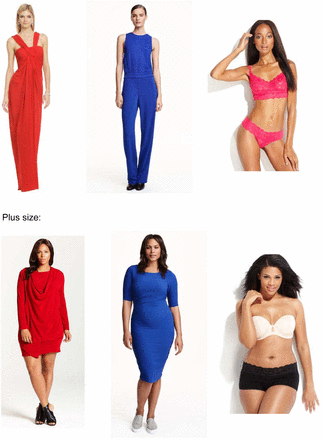
Pictured: Sample photos used in the experiment Source: Cold Springs Harbor Library
The entire process lasted about 15 minutes, at which point the scientists then asked the villagers to describe their ideal body image again. The people who had been looking at plus-size images made their idealized female bodies fit that standard, while those who’d been gazing at size zero women also changed their ideal to fit what they’d seen.
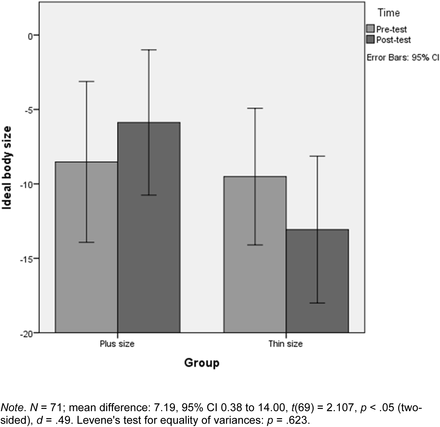
Pictured: Pre-test to post-test difference in ideal body size between groups Souce: Cold Springs Harbor Library
The shocking element of the experiment was that it only took a small amount of exposure to this imagery for the subjects of this experiment to shift their ideals completely. However, the experiment didn’t measure how long the effects of the
The big lesson to take away from the Nicaraguan experiment is that images, of any kind, can warp our beauty standards within the time it takes to bake a cake. Knowing about why that is, through media literacy and other education, can stop it.
In Conclusion
The idea of beauty has its roots in every facet of humanity. What we consider beautiful can stem from magnificent tools that were used for hunting in ancient times or from farm life during the 17th century. The origins and evolution of beauty are truly fascinating and can teach us how the world around us shapes our thoughts and views.
As for the definition of beauty, perhaps the answer is within you. Perhaps you are beauty, personified.
—
What did you think of this article? Let us know in the comments below.

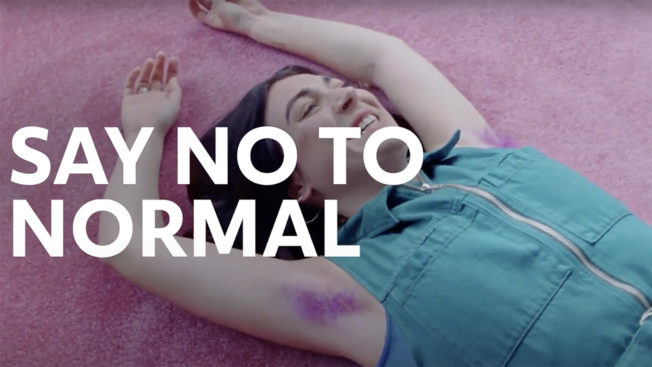


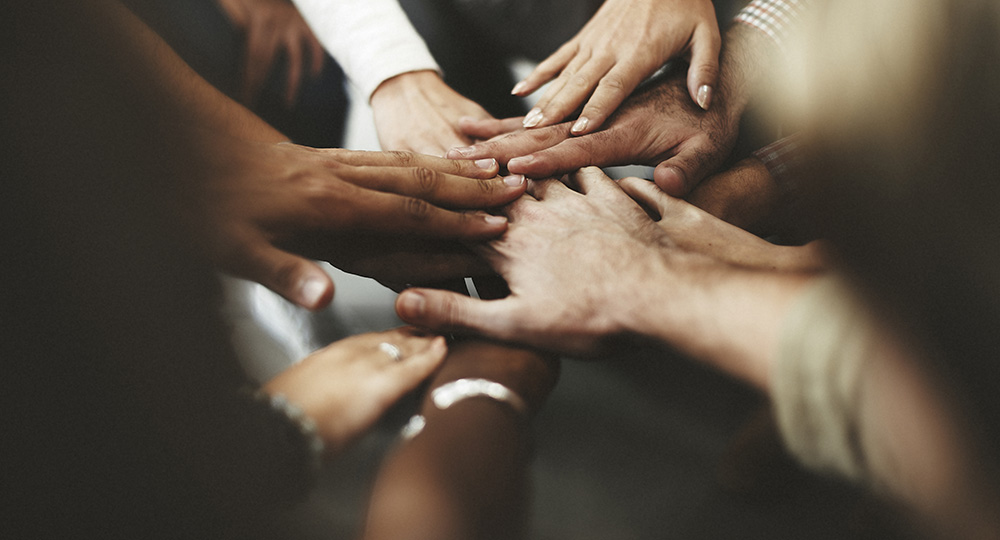
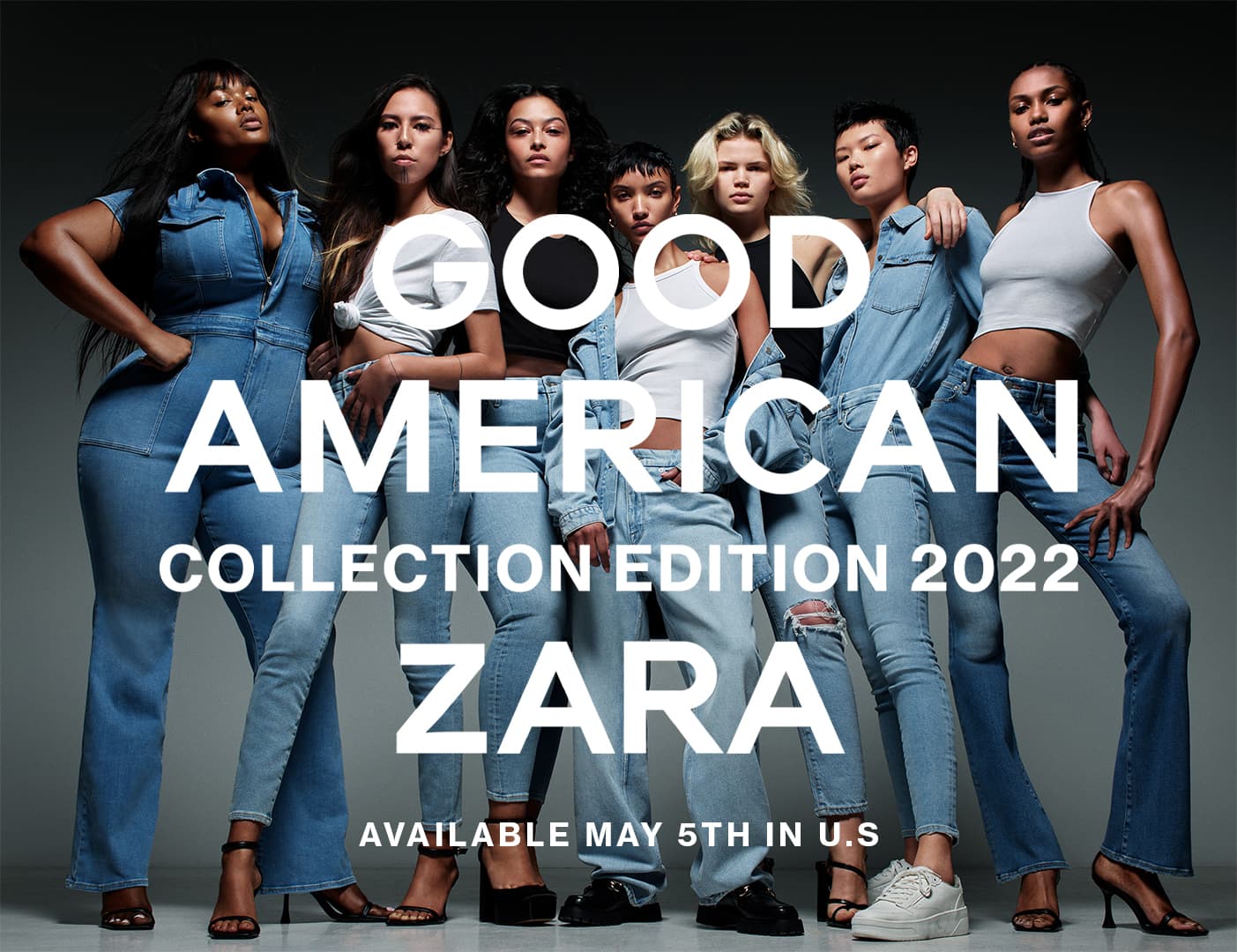
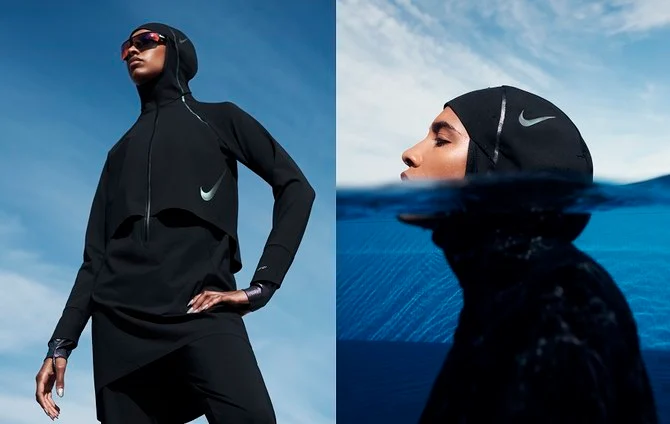
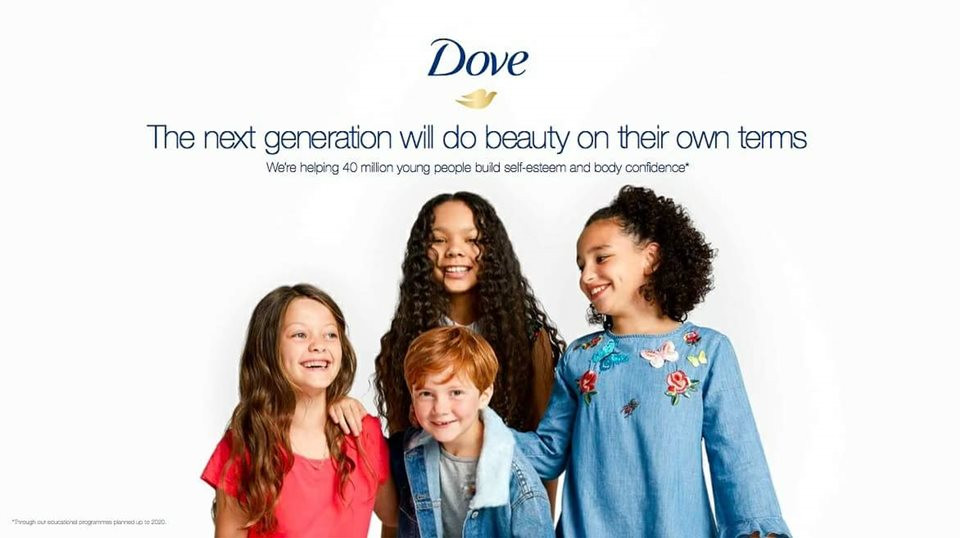

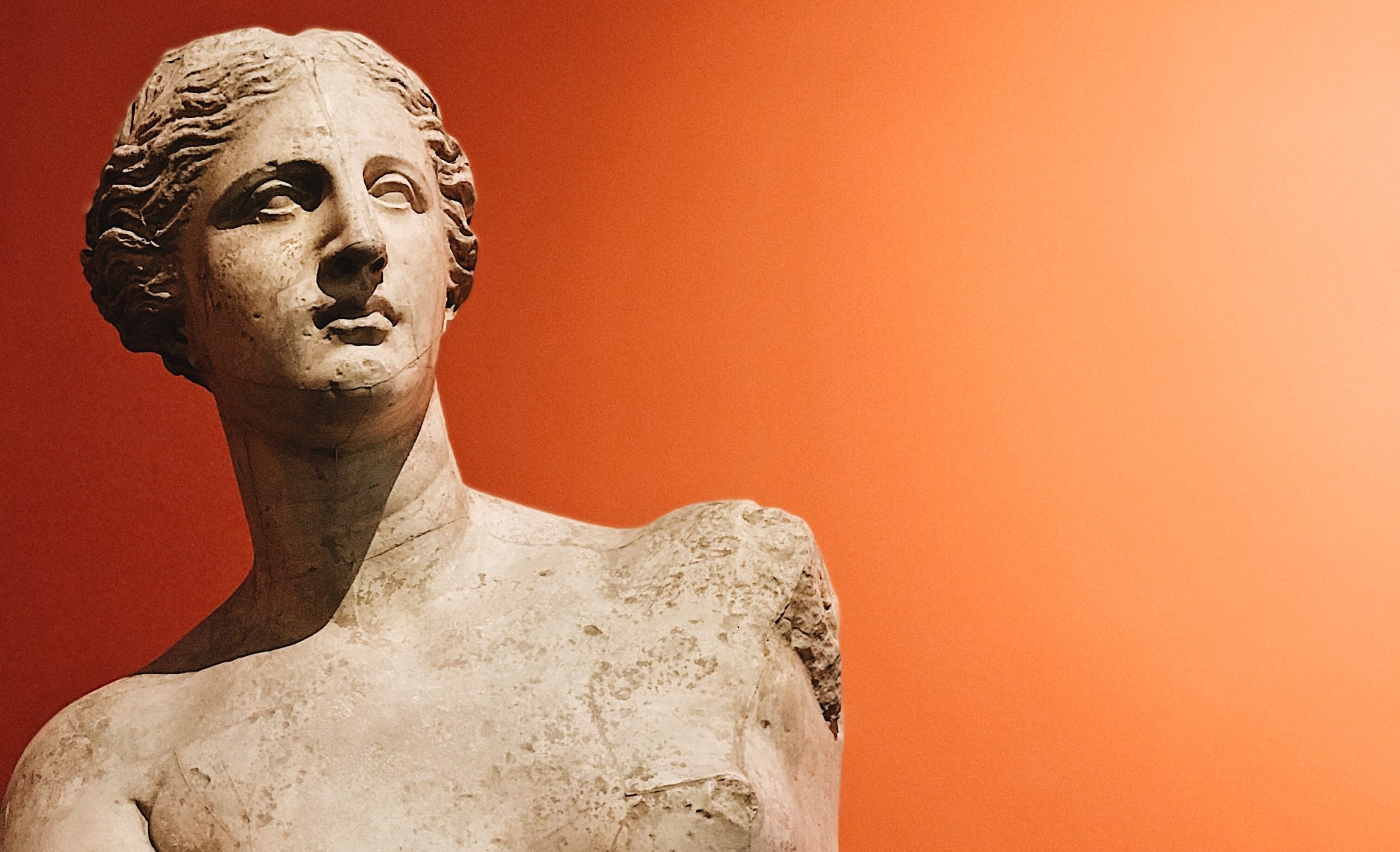










 Pictured: Men’s makeup look on the Dior runway in 2022 Source:
Pictured: Men’s makeup look on the Dior runway in 2022 Source: 

